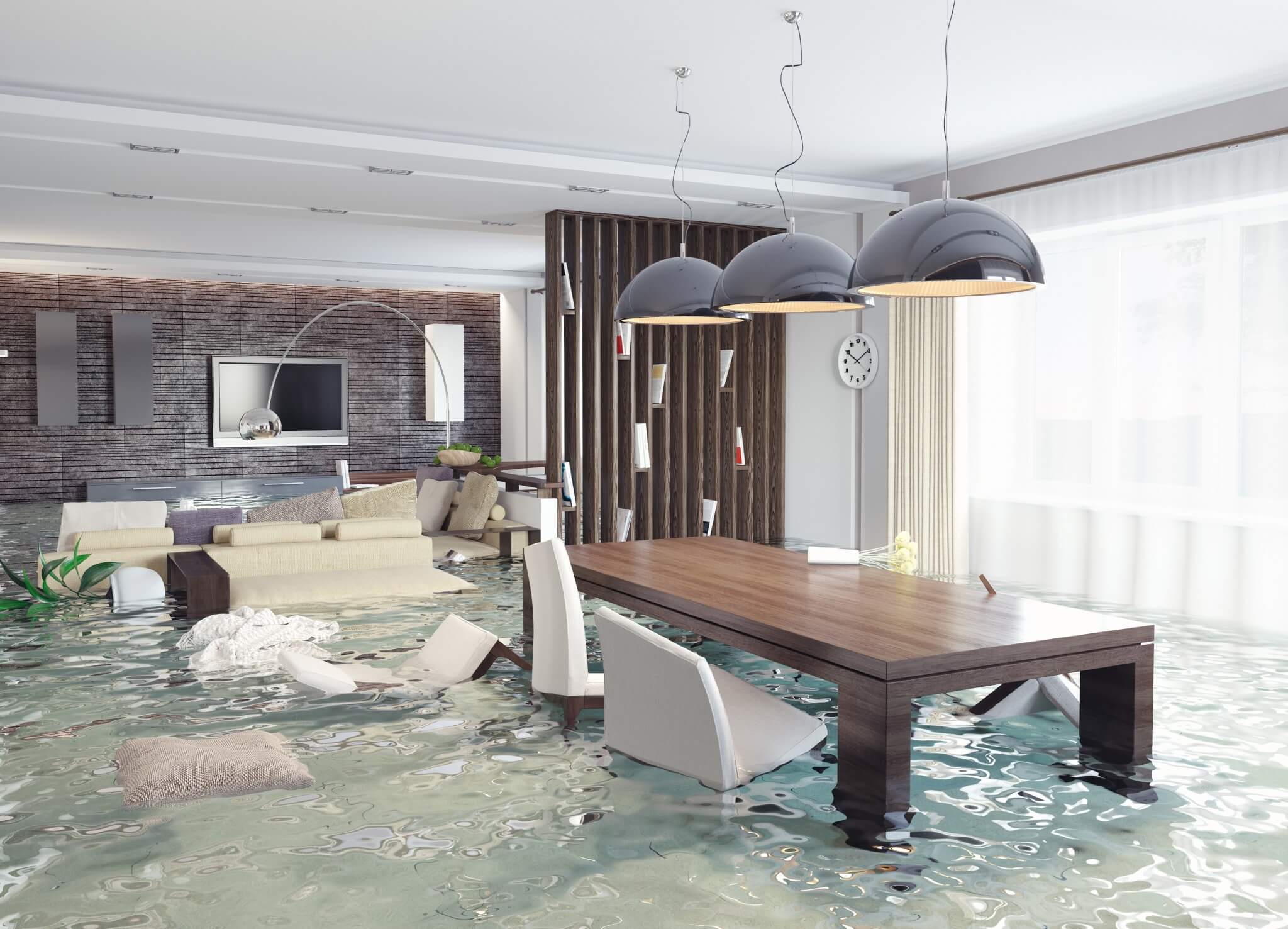Do's as well as Don'ts During Water Damages Emergency Situations.
Do's as well as Don'ts During Water Damages Emergency Situations.
Blog Article
Just about everyone has their own individual way of thinking with regards to Keeping Your Home Safe This Holiday Season.
Water offers life, however water invasion on some parts where it's not intended to be can lead to damage and also inconvenience. It can peel off away the surface area and deteriorate the material's foundation if the water permeates right into your structure. Mold and mildew as well as mold likewise thrive in a wet environment, which can be unsafe for your as well as your family members's health and wellness. In addition, residences with water damage scent musty as well as old.
Water can come from lots of resources like tropical storms, floods, burst pipelines, leakages, as well as sewage system problems. It's much better to have a working understanding of security preventative measures if you have water damages. Right here are a few guidelines on how to deal with water damages.
Do Prioritize Residence Insurance Policy Insurance Coverage
Seasonal water damages can come from floods, seasonal rainfalls, as well as wind. There is also an event of an unexpected flood, whether it originated from a damaged pipe that all of a sudden breaks right into your home. To shield your house, obtain house insurance that covers both disasters such as all-natural disasters, and also emergencies like busted plumbing.
Don't Neglect to Turn Off Utilities
When calamity strikes and you're in a flood-prone location, turn off the primary electric circuit. Turning off the power stops
When water comes in as water offers as a conductor, electric shocks. Don't forget to shut off the major water line shutoff as a way to prevent more damage.
Maintain your furnishings steady as they can move around as well as trigger additional damage if the floodwaters are getting high.
Do Keep Proactive and also Heed Climate Informs
Tornado floods can be really uncertain. Stay prepared and aggressive at all times if you live in a location afflicted by floods. Listen to the information and also evacuation cautions if you live near a body of water like a lake, creek, or river . Obtain your belongings and crucial documents from the first stage and also cellar, then placed them in a safe place and also the greatest possible degree.
Do Not Ignore the Roofing System
Your roofing professional should take care of the damaged rain gutters or any kind of other indications of damages or weakening. An inspection will stop water from moving down your wall surfaces and soaking your ceiling.
Do Take Notice Of Tiny Leaks
There are red flags that can attract your attention as well as show to you some weakened pipes in your residence. Signs of red flags in your pipes consist of gurgling paint, peeling wallpaper, water streaks, water spots, or trickling sounds behind the wall surfaces. Repair as well as check your plumbing fixed prior to it results in massive damage to your home, financial resources, as well as an individual problem.
Do Not Panic in Case of a Ruptured Pipeline
Timing is vital when it comes to water damage. If a pipe ruptureds in your home, immediately shut off your major water shutoff to cut off the source as well as protect against more damage. Call a respectable water damage remediation specialist for assistance.
Water provides life, but water intrusion on some components where it's not intended to be can result in damages as well as inconvenience. In addition, homes with water damages scent stuffy as well as old.
Seasonal water damages can come from floods, seasonal rains, as well as wind. Signs of red flags in your pipelines include gurgling paint, peeling off wallpaper, water streaks, water spots, or dripping audios behind the walls. If a pipeline bursts in your home, promptly shut off your main water valve to reduce off the source and also prevent more damages.
Some Do's & Don't When Dealing with a Water Damage
DO:
Make sure the water source has been eliminated. Contact a plumber if needed. Turn off circuit breakers supplying electricity to wet areas and unplug any electronics that are on wet carpet or surfaces Remove small furniture items Remove as much excess water as possible by mopping or blotting; Use WHITE towels to blot wet carpeting Wipe water from wooden furniture after removing anything on it Remove and prop up wet upholstery cushions for even drying (check for any bleeding) Pin up curtains or furniture skirts if needed Place aluminum foil, saucers or wood blocks between furniture legs and wet carpet Turn on air conditioning for maximum drying in winter and open windows in the summer Open any drawers and cabinets affected for complete drying but do not force them open Remove any valuable art objects or paintings to a safe, dry place Open any suitcases or luggage that may have been affected to dry, preferably in sunlight Hang any fur or leather goods to dry at room temperature Punch small holes in sagging ceilings to relieve trapped water (don't forget to place pans beneath!); however, if the ceiling is sagging extremely low, stay out of the room and we'll take care of it DO NOT:
Leave wet fabrics in place; dry them as soon as possible Leave books, magazines or any other colored items on wet carpets or floor Use your household vacuum to remove water Use TV's or other electronics/appliances while standing on wet carpets or floors; especially not on wet concrete floors Turn on ceiling fixtures if the ceiling is wet Turn your heat up, unless instructed otherwise

As a passionate reader on Safety Tips To Prevent Fire And Water Damage, I figured sharing that section was really helpful. Please set aside a second to share this post if you appreciated it. Thank-you for taking the time to read it.
Report this page